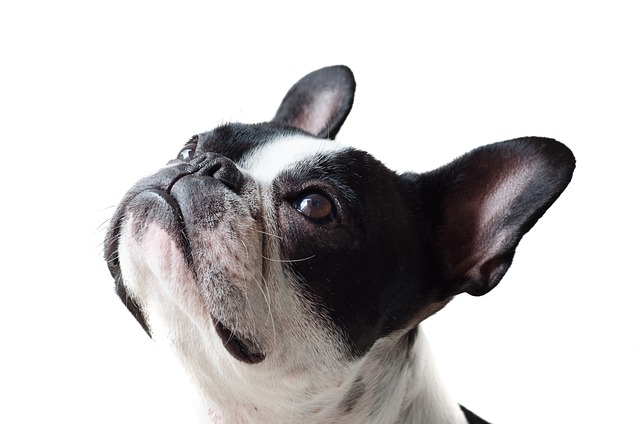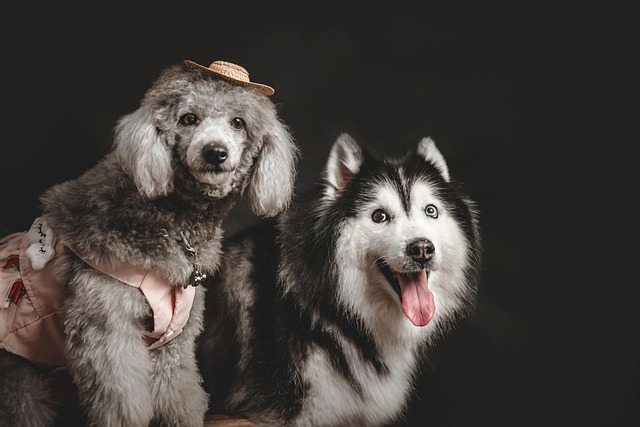
How to stop a dog from running away when called
That heart-stopping moment when your pup bolts after a squirrel in the local park, completely ignoring your shouts of "MAX, COME!" is every dog owner's nightmare.
If you’ve ever watched your border collie zoom around the backyard like a furry tornado, or your lab mix jump over the couch (again) just for fun, you’ve probably thought: They need more than a walk—where do I take them to burn this energy? A new dog parent in Texas texted me last week, laughing: “My Australian shepherd is 6 months old and smarter than my phone. Everyone says agility training would tire her out, but where do I even start?” Agility training—with its jumps, tunnels, and weave poles—is more than just exercise: it’s a brain workout that strengthens your bond. The good news is there are plenty of spots to get started, whether you’re in a busy city or a quiet suburb. Let’s break down where to go, what to look for, and how to make the first class a hit.
First, why agility matters. Dogs thrive on mental and physical challenges. Agility taps into their natural instincts—running, jumping, problem-solving—and turns them into a game. A 2023 study in Applied Animal Behaviour Science found that dogs in agility classes are 50% less likely to develop destructive habits (like chewing shoes) because they’re too busy learning new skills. It’s not just about tiring them out; it’s about building confidence. My neighbor in Colorado saw this with her shy rescue: “After 6 weeks of agility, she goes from hiding behind me to leading the way through tunnels—her tail never stops wagging.”
Let’s start with the most accessible spots: local dog training facilities. Most cities have dedicated centers with full agility courses (think: metal jumps, fabric tunnels, and weave poles). These places often offer “puppy agility” or “beginner” classes, where trainers focus on basics like “wait” at the start line and “go” through tunnels. Look for instructors who use positive reinforcement—lots of treats, praise, and play. A friend in Arizona loves her local facility: “They start with 10-minute sessions, so my beagle doesn’t get overwhelmed. He thinks it’s just a series of games with chicken rewards.”
Pet stores like Petco and PetSmart are great for total newbies. Their “Puppy Agility” or “Fun with Fido” classes are low-pressure, using simple obstacles (like hula hoop jumps and short tunnels) to introduce concepts. They’re affordable (usually $20-$30 a class) and flexible, with weekend options for busy schedules. A lab owner in my local park started here: “I was nervous about ‘doing it right,’ but the trainer let us go at our own pace. Now we practice ‘jump over the broom’ at home—he loves it.”

Community centers and parks often host casual agility groups. Many towns have “agility playdays” in local parks, where experienced owners set up temporary courses (think: pool noodle jumps, cardboard tunnels) and welcome newbies. These are free or low-cost, and the vibe is relaxed—no pressure to “compete,” just fun. My NYC neighbor swears by her park’s weekly group: “We meet on Saturdays, and everyone helps each other. A golden retriever owner taught me how to lure my dachshund through the tunnel with a hot dog piece.”
For more serious training, check out agility clubs. Organizations like the North American Dog Agility Council (NADAC) or USDAA (United States Dog Agility Association) have local chapters with certified trainers and competition-style courses. These are great if you think you and your pup might want to try fun matches later, but they still welcome beginners. A shepherd owner in Oregon joined one: “I thought it’d be intense, but they start with ‘foundation’ classes—just teaching your dog to focus on you around distractions. It’s like obedience with a side of zoomies.”
Online resources work if in-person classes feel overwhelming. Platforms like Zak George’s Dog Training Revolution or YouTube channels (try “Kikopup”) offer free tutorials on setting up mini agility courses at home, using household items. Pair this with a few private lessons (many trainers do virtual sessions) to get feedback. A busy mom in Chicago did this: “I can’t make weekly classes, so I watch videos, set up a hula hoop jump in my living room, and check in with a trainer via Zoom. It’s slow, but my terrier is getting the hang of it.”
What to look for in a class: Small sizes (no more than 6 dogs) so the trainer can give individual attention. A focus on positive reinforcement—if you see a trainer using shock collars or scolding, walk out. Your dog should leave excited, not stressed. And check that they require proof of vaccines (rabies is mandatory in all U.S. states, and many ask for distemper/parvo too)—safety first.
Let’s tie this to real-world norms. Legally, your dog needs their rabies vaccine to attend any group class—facilities that skip this check are putting everyone at risk. In public spaces (like park playdays), always clean up after your pup (fines hit $250 in Seattle for forgetting poop bags) and keep them leashed when not on the course. In apartments, practice quiet skills (like “stay” on a mat) between classes—no late-night tunnel zoomies to wake neighbors.
Culturally, agility is about teamwork, not perfection. If your dog runs past a jump or refuses a tunnel, laugh it off—trainers call these “learning moments.” Never scold or yank their leash; instead, use a treat to lure them back and try again. A rescue dog I worked with in Portland used to freeze at tunnels—we spent weeks just letting her sniff them, then tossing treats inside. Now she races through like it’s a game. Kindness makes agility stick.
At the end of the day, the best spot is one where you and your dog have fun. Whether it’s a pet store class, a park group, or your living room with a hula hoop, agility is about connecting. And when your pup looks up at you, tail wagging, after nailing their first jump? That’s the reward—proof you’re both learning, together.

That heart-stopping moment when your pup bolts after a squirrel in the local park, completely ignoring your shouts of "MAX, COME!" is every dog owner's nightmare.

Beagles are charming, scent-driven bundles of energy, but their bathroom habits can test even the most patient owner.

Watching your new furry friend tilt their head when you call, only to trot off towards that tempting squirrel in the neighborhood park instead, can feel frustrating.

Waking up to find your dog’s bed shredded, stuffing scattered across the living room floor—it’s a scenario many new pet parents know too well.

Nothing stings a new dog parent quite like the third time you step in a puddle on the kitchen floor—especially when you swear you just took them outside 20 minutes ago.

Dogs act out for reasons that often make sense to them—boredom, fear, or even excitement can turn a well-meaning pup into a troublemaker.